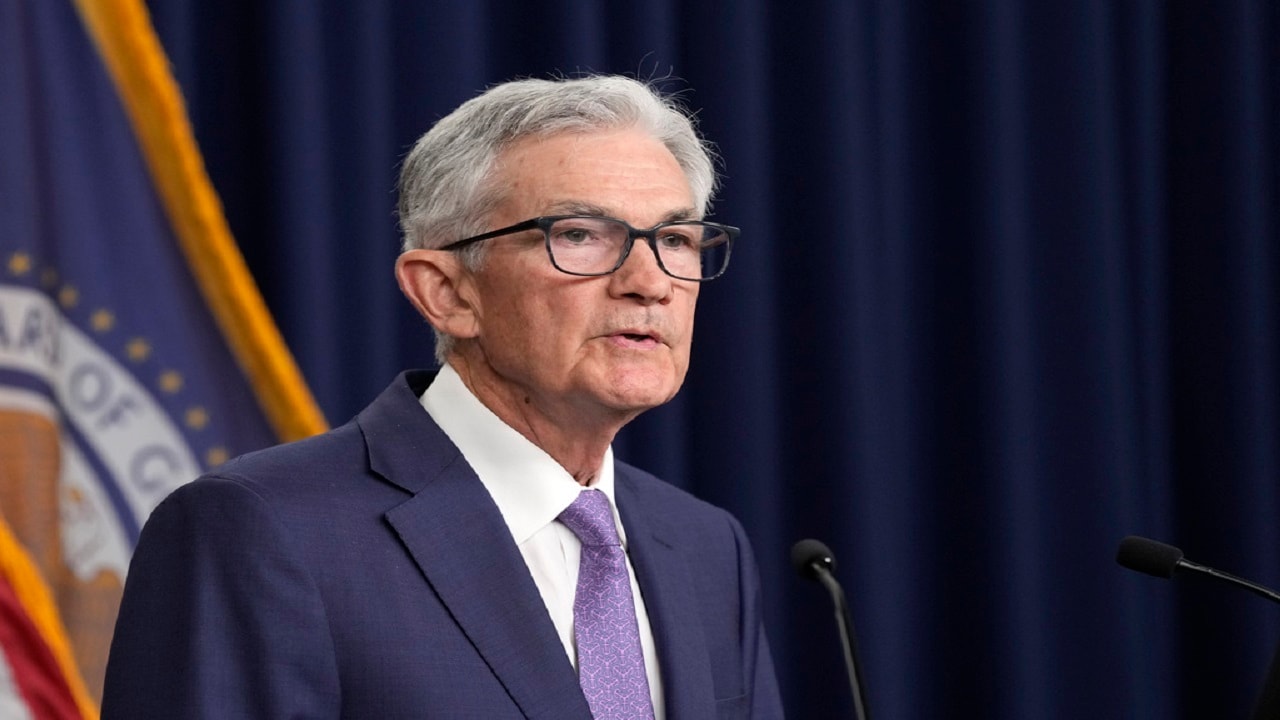5 CHARTS THAT MAY AFFECT THE FED INTEREST RATE DECISION
![]()
Inverted Yield Curve: The yield curve, which is the difference between the 10-year yield and 2-year yield, has been the most prominent indicator of a recession in the US. When the 2-year yield is higher than the 10-year yield, it shows that people want more payout from US Treasury Bills due to the risks of an economic slowdown in the near term. This phenomenon is called an 'inverted yield curve'. But in early September, the yield curve finally 'un-inverted'. That is good news for the economy in normal circumstances. But given that the yield remained inverted for 2 years, even as the economy remained resilient, many believe that the US economy may see a 2001 or 2007-like recession when the yield curve was 'un-inverted'. A higher possibility of recession would compel the Fed to go for bigger and more number of cuts in the next few months.
![]()
Unemployment Rate: The US unemployment rate stood at 4.2% in August, down from 4.3% in July. But the rate remains much higher than the historical low of 3.4% in April 2023. While the US Fed has been able to bring inflation closer to the 2% target, the rising unemployment rate remains a concern. The recent Jackson Hole keynote by Jerome Powell, too, indicated that the US Fed is more inclined towards tracking the labour market than inflation. A recent Bloomberg survey shows that economists expect a higher unemployment rate in the coming years than what the US Fed has projected.
![]()
Manufacturing Sector: The US manufacturing sector contracted for the 11th time in the last 12 months, showing weakness in overall output and demand. The ISM Manufacturing PMI stood at 47.2 in August. Any reading below 50 shows that the sector, which is 10.3% of the economy, is contracting. Continuing weak data only strengthens the case for a 25-basis point cut. But economists say a 50-basis point cut seems unlikely.
![]()
Job Openings: Closely connected to the unemployment rate is the job openings data. More job openings show that the economy is expanding. But a fall in new jobs shows that the labour market is cooling too much. That is what the latest jobs opening data tells us. Job openings in July fell to its lowest since January 2021, when the US was in the midst of the Covid-19 pandemic. With the US economy adding 142,000 jobs in August, considered well below estimates, economists say that the likelihood of a 50-basis point cut has increased. Powell would not want a 'further cooling in labour market conditions'. Hence, a rate cut will be seen a measure to avert a possible recession in 2025.
![]()
US underlying inflation: The US Fed has been successful in taming inflation, from 9.1% in June 2022 to 2.5% in August 2024. But this only shows a partial picture. The underlying inflation, which excludes energy and food costs, rose by 3.2% YoY in August. Shelter prices, which include rents and housing costs, constitute 40% of the total underlying inflation. They have also been rising more than the overall core inflation since mid-2022. That makes controlling shelter prices a top priority for the US Fed. However, economists say that the elevated shelter prices could only allow the US Fed to apply a 25 basis point cut.
2024-09-18T02:02:25Z dg43tfdfdgfd
